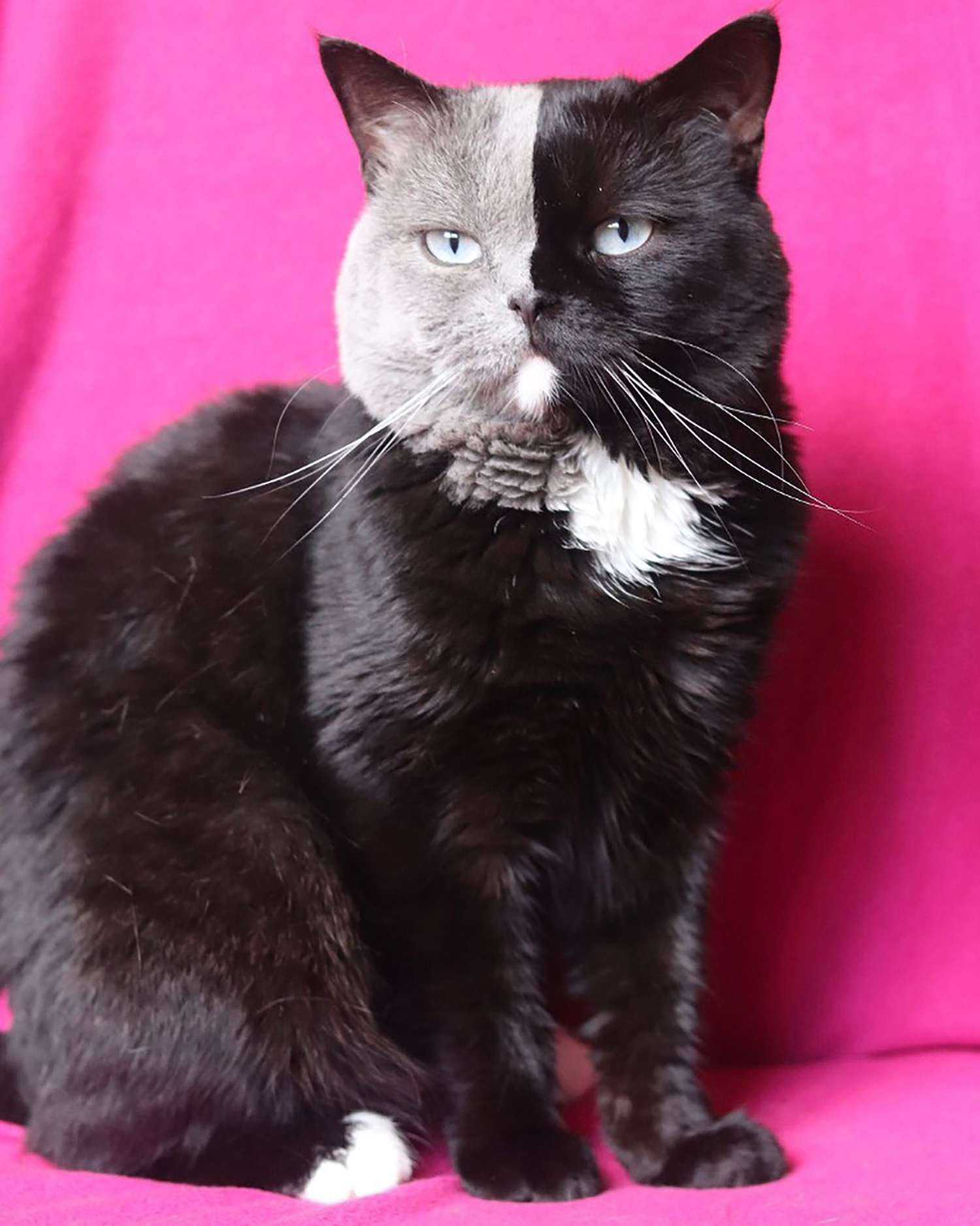A local cat rescue just posted this on Facebook. She is a female, so she could be a funny tortie, but I thought the placement of her markings seem odd, maybe a chimera? Just wondering what everyone else thought.
I don't know anything else about her and I can't get more pictures.
I don't know anything else about her and I can't get more pictures.







